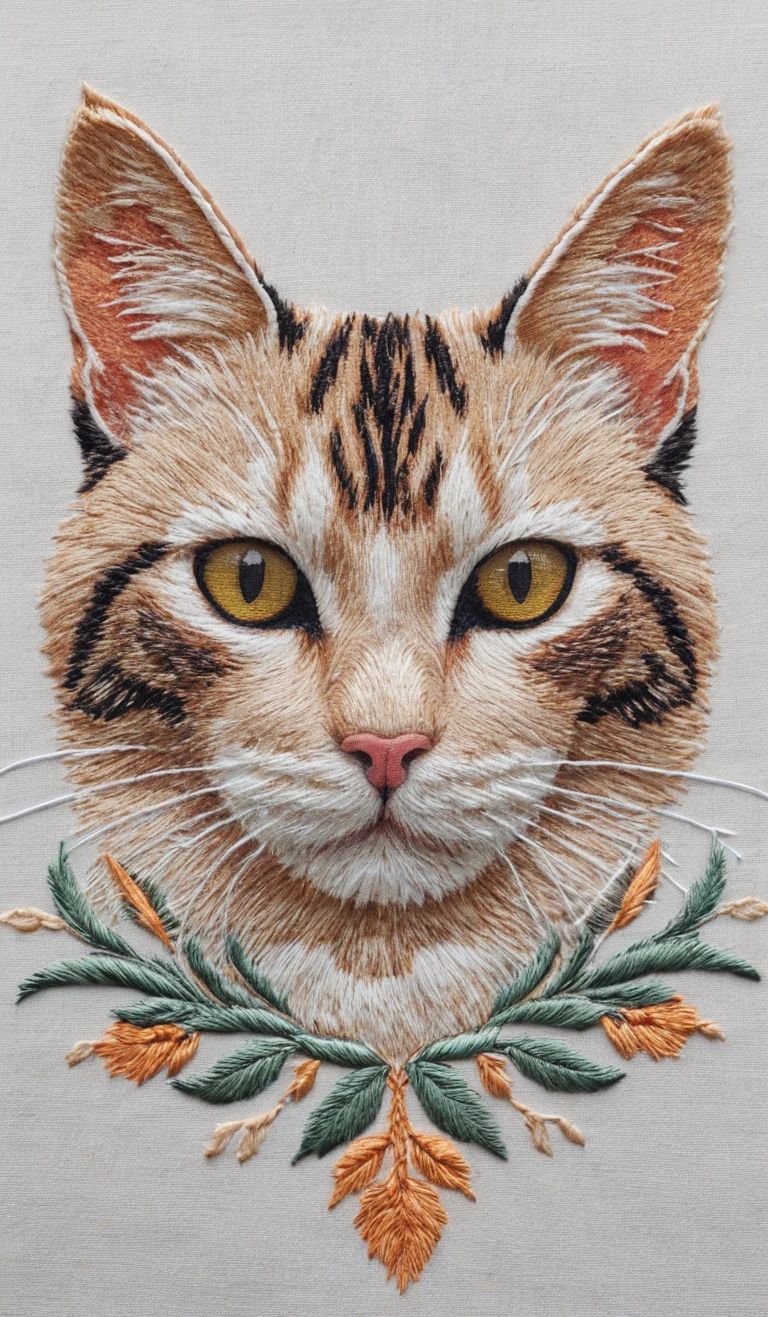Introduction
If you’ve noticed a cat patch on your feline friend whether it’s a patch of missing fur, a change in skin color, or even a patch design for your cat’s accessories you might be wondering what it means. The term “cat patch” can refer to several different things:
- A skin patch caused by health issues like allergies, parasites, or infections.
- A natural fur pattern in cats.
- An embroidered or decorative patch featuring cats for clothing, bags, or accessories.
In this article, we’ll explore every possible meaning of “cat patch,” helping you understand when it’s a medical concern, when it’s just part of your cat’s natural beauty, and how “cat patch” is also used in crafts, fashion, and décor.
Part 1: What Is a Cat Patch in Veterinary Terms?
In veterinary medicine, a “cat patch” often describes a localized area of hair loss or skin change. This could be caused by various conditions, ranging from mild allergies to serious skin diseases.
Common Causes of Cat Skin Patches
- Fungal Infections (Ringworm)
- Despite the name, ringworm is not caused by worms but by fungi.
- Appears as circular, hairless patches with scaly skin.
- Highly contagious between pets and humans.
- Flea Allergy Dermatitis
- Fleas cause itchy bites, but some cats are allergic to flea saliva.
- This leads to excessive scratching, creating bald patches.
- Mange (Mites)
- Caused by microscopic mites.
- Leads to intense itching, redness, and hair loss in patches.
- Allergic Reactions
- Triggered by food, pollen, or environmental allergens.
- Often accompanied by excessive grooming or scratching.
- Infections and Abscesses
- Cuts or bites may develop into infections, leading to localized hair loss.
- Stress-Induced Overgrooming
- Cats under stress may lick themselves excessively, creating bald patches.
- Common in multi-cat households or after big changes in the home.
Part 2: Recognizing a Problematic Cat Patch
It’s normal for cats to shed and sometimes have slight variations in coat texture. However, you should be concerned if you notice:
- Sudden bald spots
- Scabs or open sores
- Redness or swelling
- Persistent scratching or licking
- Changes in skin color or texture
If your cat’s patch is itchy, oozing, or spreading, it’s time to schedule a veterinary visit.
Part 3: Diagnosing the Cause
A veterinarian will likely:
- Examine the patch visually.
- Use a Wood’s lamp to detect fungal infections.
- Take skin scrapings to check for mites.
- Perform fungal or bacterial cultures.
- Recommend allergy testing if necessary.
Part 4: Treatment Options
Treatment depends on the cause:
- Ringworm → Antifungal creams, shampoos, or oral medication.
- Flea Allergies → Flea control, medicated shampoos, anti-itch medication.
- Mange → Prescription mite-killing treatments.
- Allergies → Diet change, antihistamines, or corticosteroids.
- Stress Overgrooming → Environmental enrichment, pheromone diffusers.
A quick tip: Never self-diagnose skin issues in cats they can worsen quickly if untreated.
Part 5: Preventing Cat Skin Patches
Prevention is always easier than cure:
- Keep up with flea prevention year-round.
- Feed a balanced, high-quality diet to support skin health.
- Regularly brush your cat to remove loose fur and detect problems early.
- Reduce stress with play, safe spaces, and routines.
Part 6: Natural Fur Patterns and “Cat Patches”
Not all cat patches are medical issues. In fact, many cats have natural fur patches due to their breed or genetics.
Examples of Patch Patterns
- Calico Cats
- White base with black and orange patches.
- Tortoiseshell Cats
- Mottled black and orange without distinct white.
- Bi-color Cats
- White plus one other color, creating patch-like markings.
- Tabby Patches
- Striped sections mixed with solid patches.
These “patches” are completely normal and are part of what makes your cat unique.
Part 7: “Cat Patch” in Fashion and Crafts
Outside veterinary talk, a “cat patch” can mean a fabric or embroidered design of a cat. These patches are popular for:
- Jackets
- Backpacks
- Hats
- Quilts
Types of Decorative Cat Patches
- Embroidered Patches – Stitched designs of cats.
- Iron-On Patches – Easy to apply with heat.
- Sew-On Patches – More secure, especially for heavy fabrics.
- Printed Vinyl Patches – Waterproof and colorful.
Part 8: How to Use Cat Patches in Clothing
Adding a cat patch to your wardrobe is a great way to express your love for felines. You can:
- Cover holes or stains in jeans with a cute cat patch.
- Decorate a tote bag for a personalized look.
- Create matching cat-themed outfits for events.
Part 9: DIY Cat Patch Projects
For creative cat lovers, making your own patch is fun:
- Materials Needed: Fabric, embroidery floss, needles, iron-on backing.
- Steps: Draw your cat design, stitch it, attach backing, and apply to your item.
Part 10: When to Seek Help for Your Cat’s Skin
While decorative patches are fun, skin patches on your cat require attention if they:
- Appear suddenly
- Cause your cat discomfort
- Spread rapidly
For in-depth cat care tips, you can read more guides on Neonatal Kitten Rescue, where we cover everything from kitten health to feline behavior.
Conclusion
The term “cat patch” has many meanings from health concerns like bald spots to beautiful fur patterns and fashionable accessories. Knowing which one you’re dealing with ensures you take the right action whether that’s a vet visit or a sewing project.
If your cat’s patch is a skin issue, quick diagnosis and treatment can make all the difference. And if it’s just part of their charm, you can enjoy the unique look that makes them who they are.
